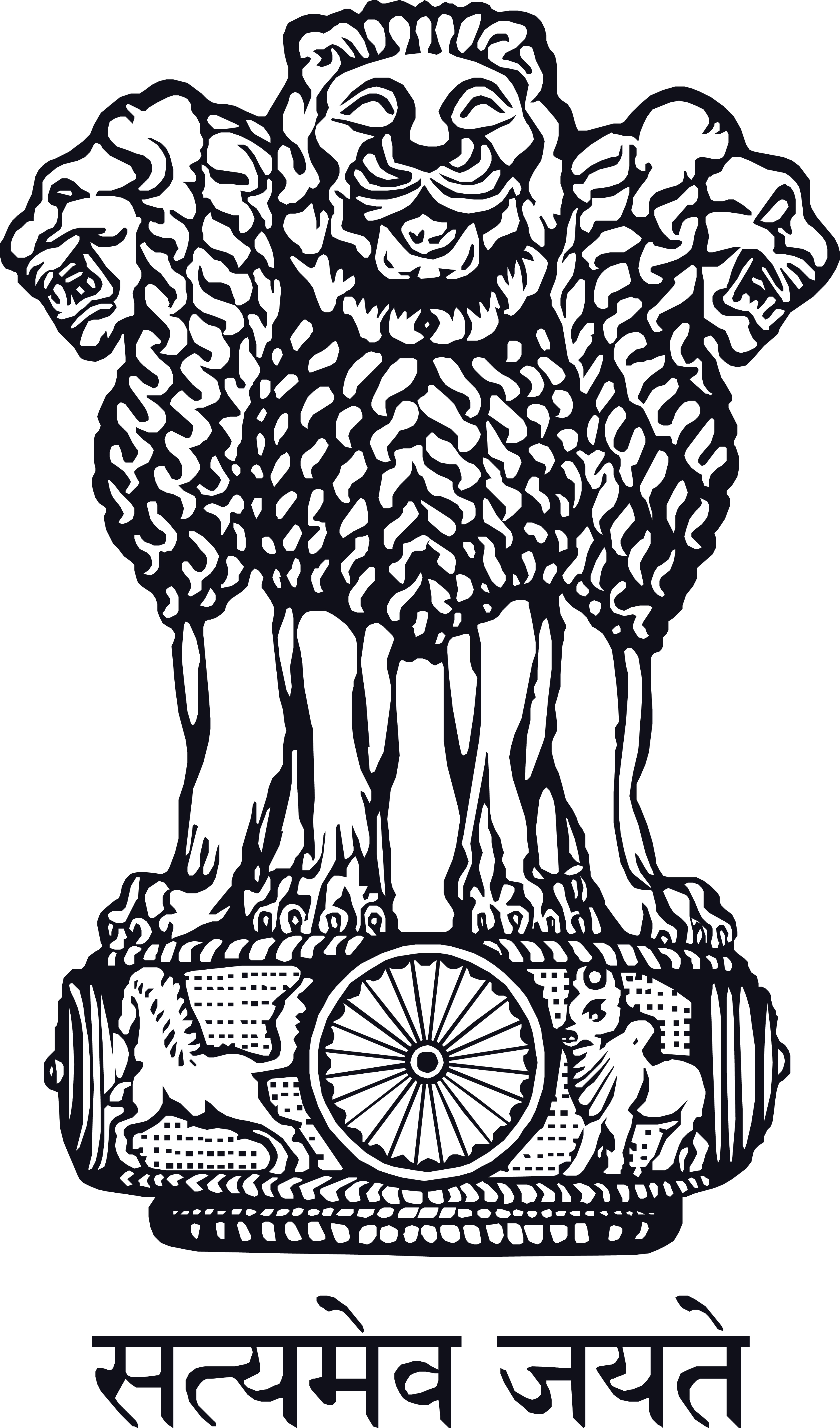Yoga Therapy
Patanjali provided starting his aphorism that the practice of yoga will lead the practitioner to his own self that is pure and blissful and away from all sufferings. The same state of being in the won self is called swasthya or health in the Indian traditional medicine system which primarily focuses on preventive medicine. Charaka in his text charaka-samhita emphasized on protection of the health of healthy people. Hathayogic tradition contributed further to develop yoga as a means to protect and strengthen the body as it believed the human body is key to spiritual goal and liberation. In modern times yoga evolved as a medical branch in alternative medicine as yoga institutes started to train yoga for therapeutic purposes. Now health professionals and yoga trainers are using various yoga techniques in the treatment of different types of diseases. Yogic therapies are also being used for physical fitness in some areas like sports and entertainment as well as among common people or fitness enthusiasts.
Here are some therapeutic techniques described in yoga texts.
-
Shatkarma: It is based on cleansing and purification of Annamaya kosha. There are six cleansing techniques for purification of Tridoshas of the body. Namely Neti (for ENT), Dhauti, (for stomach), Vasti (for colon region), Kapalabhati (for neural cleansing of the skull), Trataka (for the brain), and Nauli(for stimulation of jatharagni). According to Hath Yogic text, various subtypes of these cleansing techniques could be practiced.
-
Asana: Yogasana is a Static Physical posture that can unite body and Mind effortlessly. Basically, hathyogic texts describe 84 Lakh Asanas for achieving holistic well-being. Asanas are classified in various ways like Meditative, cultural and relaxative mentioned in the Hathyogic text.
-
Pranayama: Pranayama is a breathing discipline which is related to regulation, control and Application of Prana. This is aimed at rejuvenation of the mind. In Hathyogic texts, there are Ashtkumbhakas or eight types of Pranayama although Patanjali in Yoga Sutra describes only four types. A vast variety of Pranayama is found in different Classical Yoga scriptures. Those also define the Therapeutic and Clinical benefits.
-
Bandha: Bandha is Hath Yogic Technique that bounds the Prana on a specific level of the human body. Basic three types of bandha are found in various Yoga Scriptures.
-
Mudra: It is a Practice based on Bandha to utilize and channelize the Prana in various neural plexuses. Hathyogic literature described Mudras like Hathamudra, Hast Mudra and Pranamudra.
-
Dhyana: It is a state of mind where concrete stability through Dharna. According to Patanjali Yoga, sutra Dhyana is Continuous attention in Dhyana. Bhagavad Gita classifies dhyana into two major types- Nirguna dhyana and Saguna dhyana.
-
Ahara (Pathya-Apathya): Healthy and pure/hygienic diet is a necessity for yoga practice. Chhadogya Upanishad suggests that one can attain purity of mind with a purity of its diet, purity of mind causes the articulation of wisdom and wise person only becomes free from bondages. (Aahara shuddhau satwa shuddhi Chh. 7/26/2). Bhagavad Gita also presents a detailed description of the concept of Yogic diet in reference to types of food and behavior.


